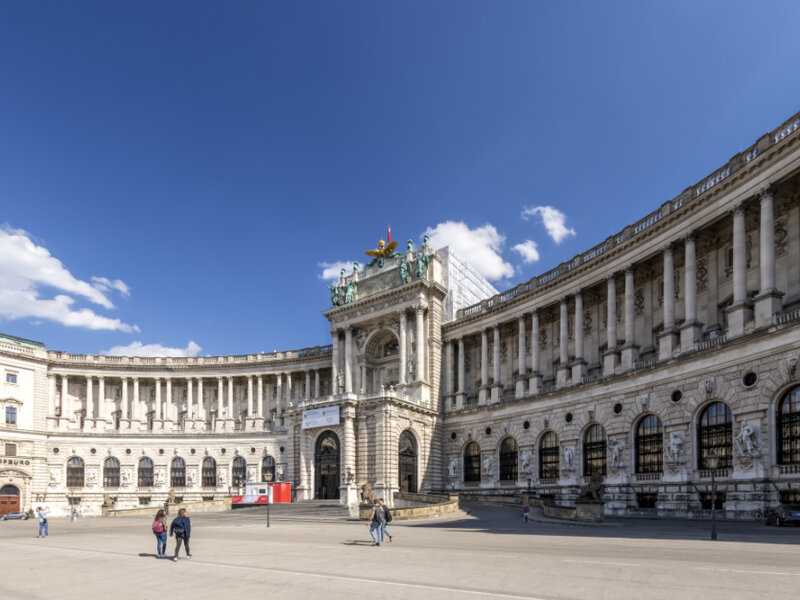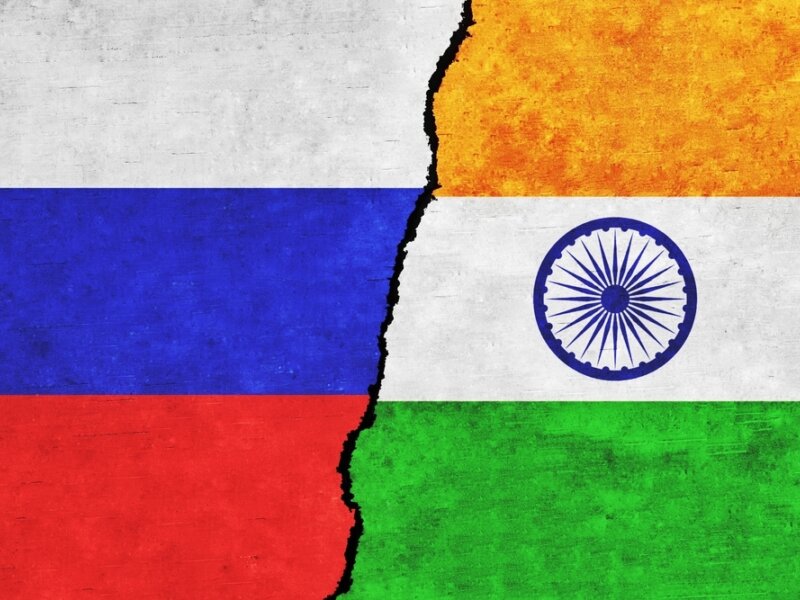L’abile diplomazia dell’India
La postura diplomatica dell’India, che “cammina sul filo” tra Est ed Ovest, riscuote successo all’interno dell’opinione pubblica cinese e agita Pechino. L’analisi di Guido Bolaffi

L’India di Modi con la sua abile diplomazia di “camminare sul filo” tra l’America di Biden e la Russia di Putin rappresenta per Pechino un imprevisto ma preoccupante grattacapo, perché riscuote un favorevole consenso tra la pubblica opinione cinese ma innervosisce il suo governo.
Una novità segnalata con encomiabile chiarezza dalla studiosa M.S. Prathibha del Manohar Parrikar Institute for Defence Studies and Analyses di New Delhi, che, nell’articolo pubblicato lo scorso 16 settembre da Indian Express con il titolo As Modi meets Xi at SCO, why the Chinese public is impressed by India, richiamava l’attenzione sul fatto che tra le ragioni per cui, nonostante le crescenti tensioni militari tra India e Cina, Xi Jinping e Narendra Modi, “for the first time in the post-Covid world”, si erano incontrati a Samarcanda c’era quella che “Chinese public opinion seems to be of the view that the Indian government has been more successful than China in convincing its public to support its position [...] Many in China also believe that Beijing should have pursued a similar balanced approach to the Ukraine conflict [...]The Chinese strategic community and political leadership view Modi as being politically astute in pursuing India’s national interests by balancing relations with major powers. Chinese public opinion is increasingly impressed by PM Modi’s astuteness in comprehending the complex geopolitical games being played in the international system. This view is also underlined by the realisation that India, unlike many other countries in the Global South, was able to leverage its neutrality to augment its position as a great power in the international system while minimising the economic fallout due to the Covid crisis”.
Ma la strategia dell’incertezza indiana tra Est ed Ovest, guidata con non comune scaltrezza dal Ministro degli Esteri Subrahmanyam Jaishankar, agita le autorità del Dragone perché oltre a fare scuola fa anche adepti tra alcune nazioni del sud-est asiatico, considerato da Pechino un’area di sua storica ed esclusiva sfera di influenza. Come dimostra, emblematicamente, il caso del Vietnam. Infatti, scrive Kiran Sharma di NIKKEI nell’articolo India-Vietnam defense ties on upswing as both eye China, “In June India and Vietnam inked a memorandum of understanding on mutual logistics support, enabling their militaries to use each other bases for repair and replenishment of supplies. India Ministry of Defense pointed out that this was a milestone for Hanoi [because] it was the first such major agreement which Vietnam has signed with any country. The two countries also signed a joint vision statement on enhancing the scope and the scale of existing Indo-Vietnamese defense cooperation by 2030. In addition, they are working to expand their ties in line with India Indo-Pacific Oceans Initiative and the Association of Southeast Asian Nation Outlook on the Indo-Pacific”.
Un accordo entusiasticamente commentato dal Ministro della Difesa vietnamita Phan Van Giang perché: “The two sides shared their views on the significance of maintaining peace, stability, maritime and aviation security, safety and freedom in the South China Sea, as well as the settlement of disputes through peaceful measures in line with international law, including the 1982 United Nations Convention on the Law of the Sea”.
Un ottimismo non condiviso da Srikanth Kondapalli, studioso della Jawaharlal Nehru University, secondo il quale: “It is a cosmetic move that would unlikely be enough to deter China. It does provide some kind of a leverage for ASEAN countries to tell China that we have friends, but that is still not enough”.
Ma l’influenza dell’India sul Vietnam va oltre il merito dell’intesa di cui sopra, perché la diplomazia di Hanoi ha scelto, sulla scuola di quella di Dehli, di affidarsi a quella della difesa del cosiddetto National Interest. Che, prendendo in prestito una nota espressione dal gergo politico italiano, potremmo definire “dei due forni”. Infatti, raccontano Yohei Muramatsu e Tomoya Onishi nell’articolo Thailand, Vietnam, Myanmar deepen Russia ties to blunt economic woes, sottoscritta con l’India l’intesa in funzione anticinese: “Vietnam and Russia held talks on expanding wheat exports [...] Russian Foreign Minister Sergey Lavrov visited Vietnam in July and agreed to bolster bilateral ties on a wide range of fields during a meeting with Vietnamese counterpart Bui Thanh Son [...] Wheat prices are surging as the war disrupts shipments from Ukraine, a leading producer alongside Russia. The grain is used widely in Vietnam to make bread and noodles, and Hanoi likely hopes to curb prices in the country by increasing imports from Russia”.



